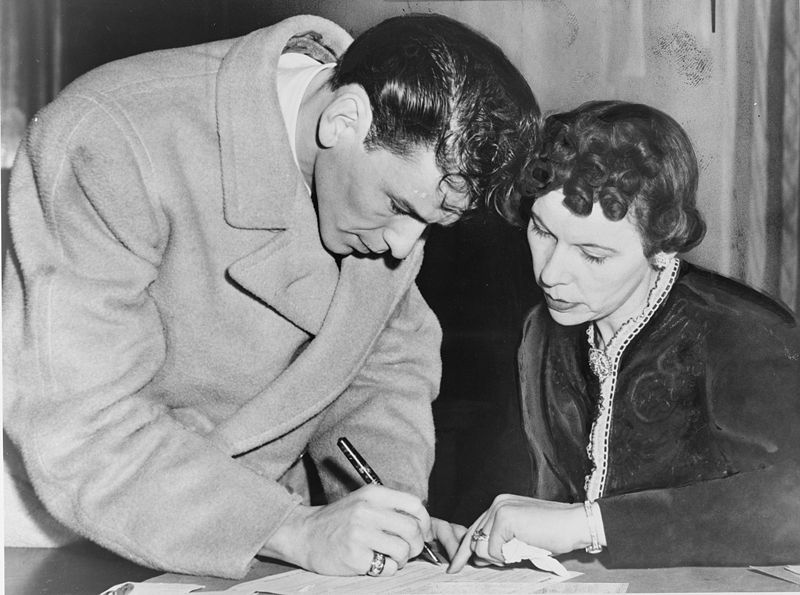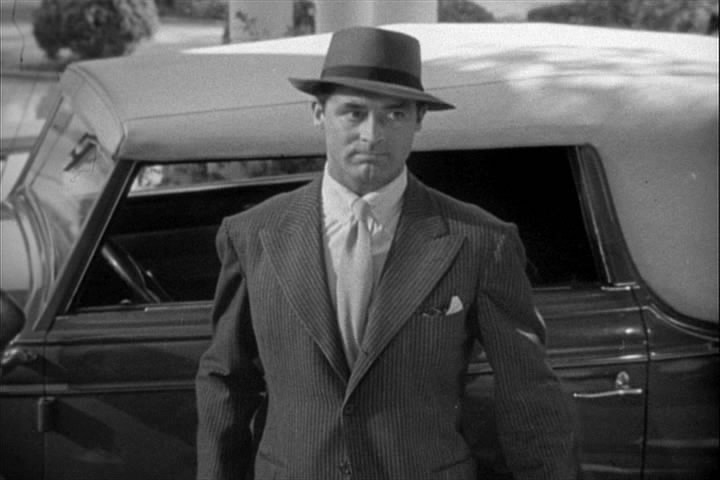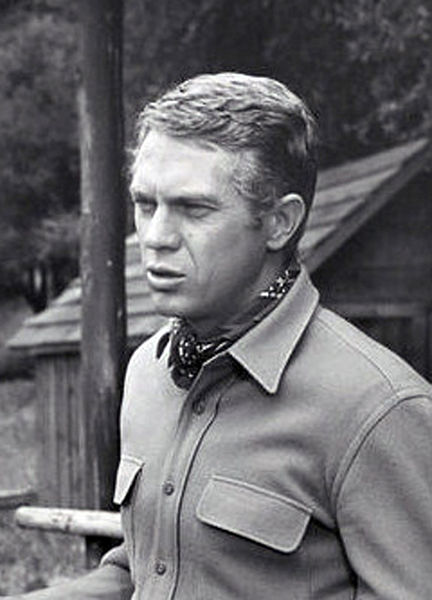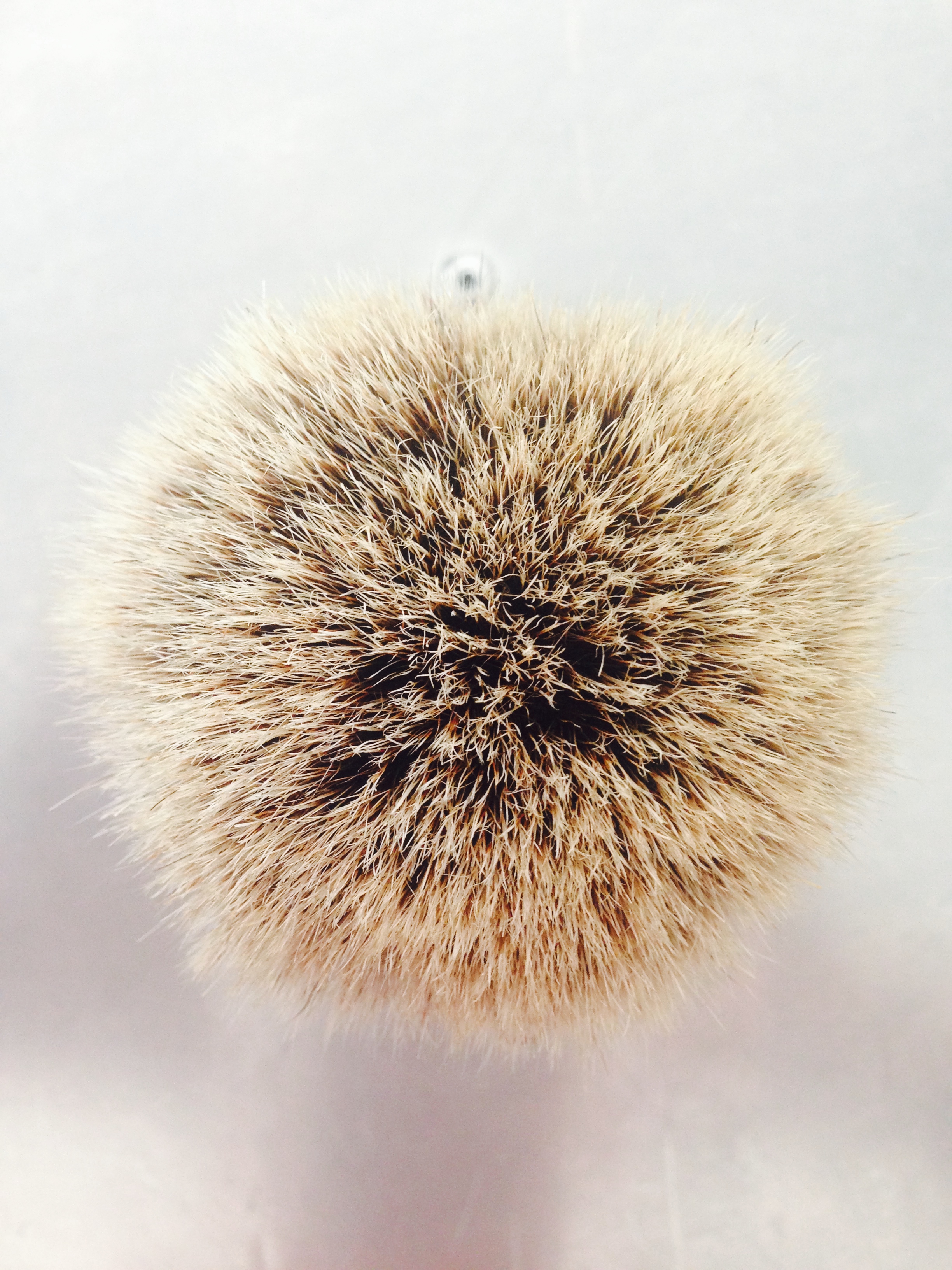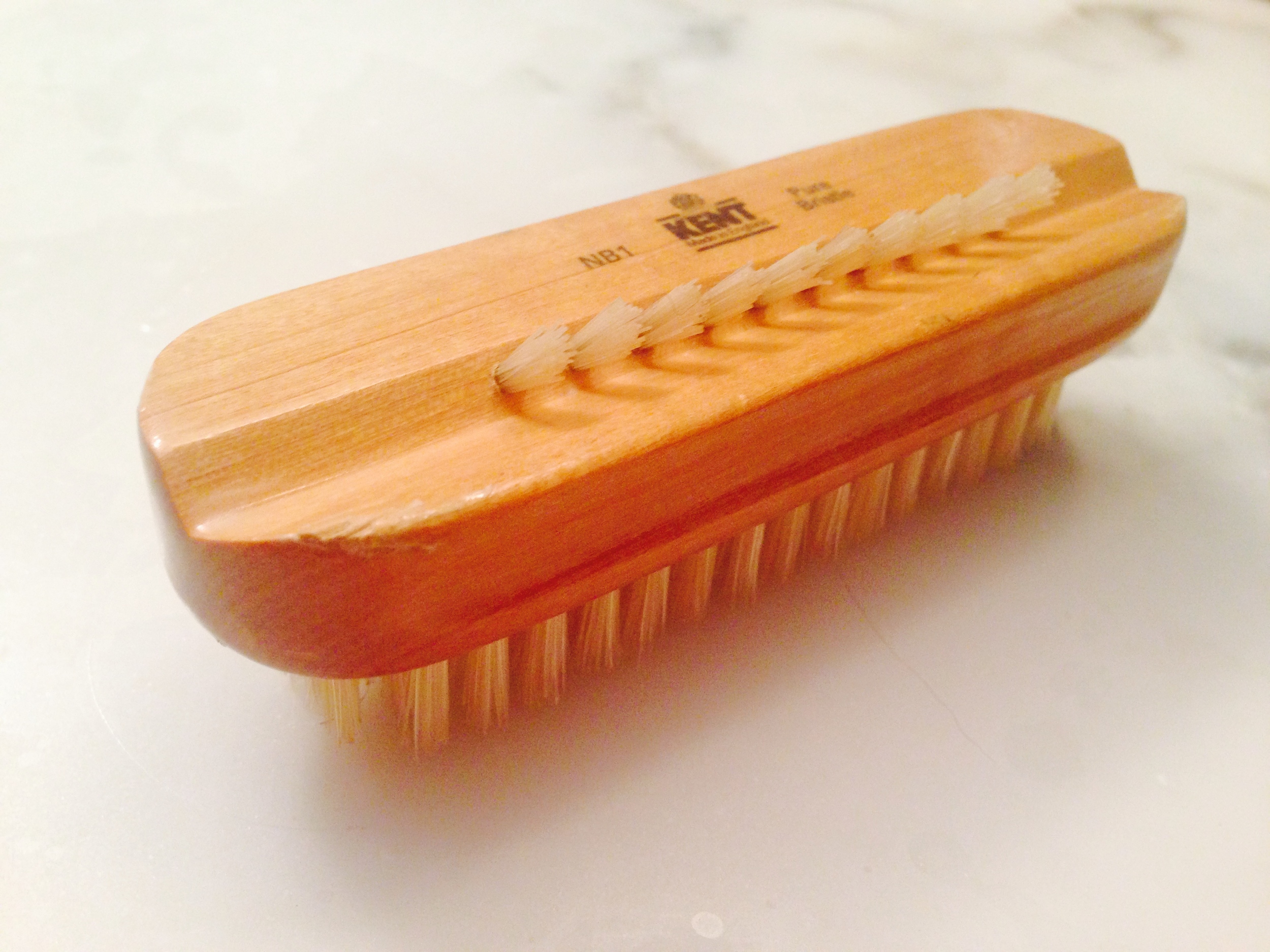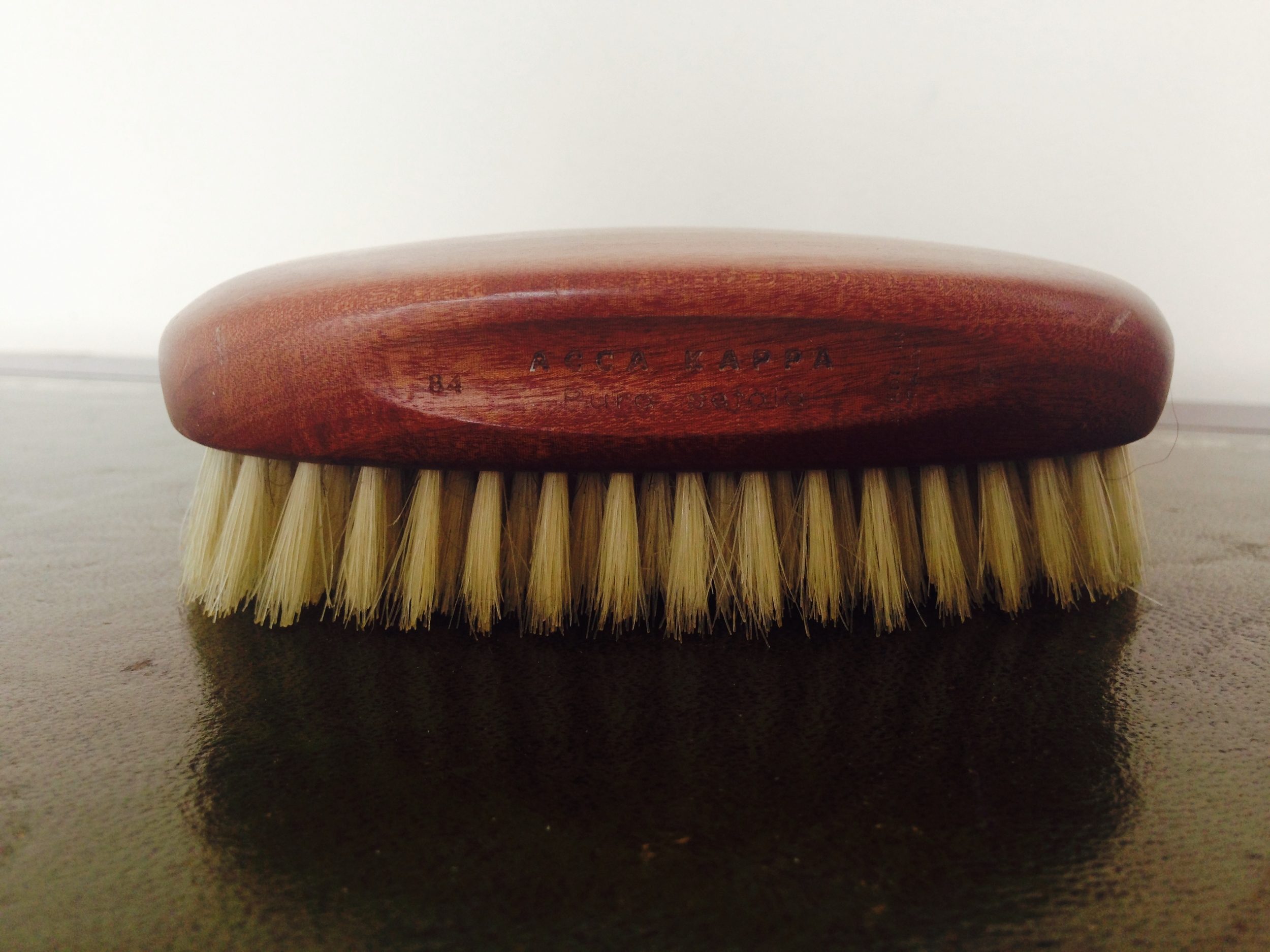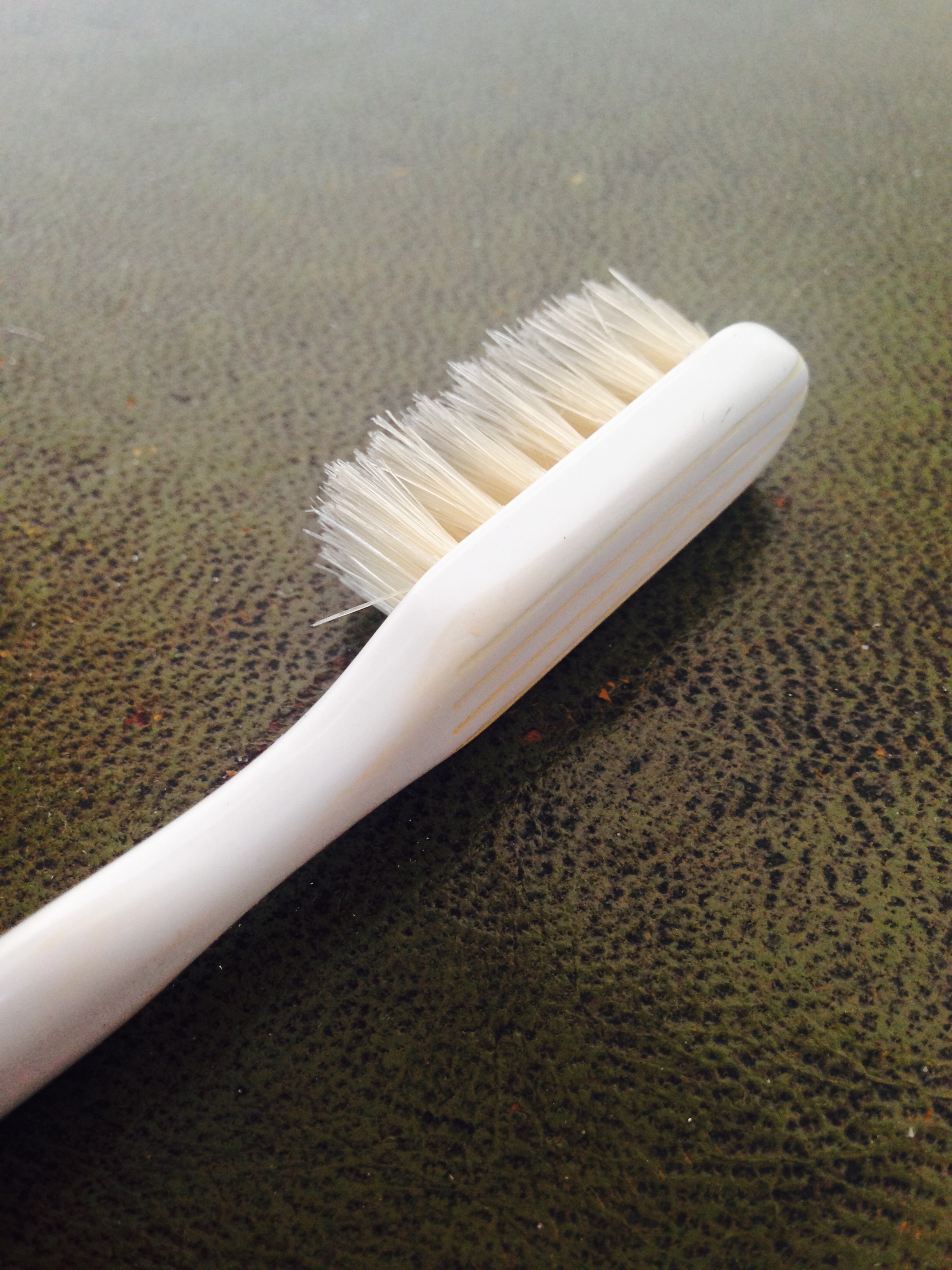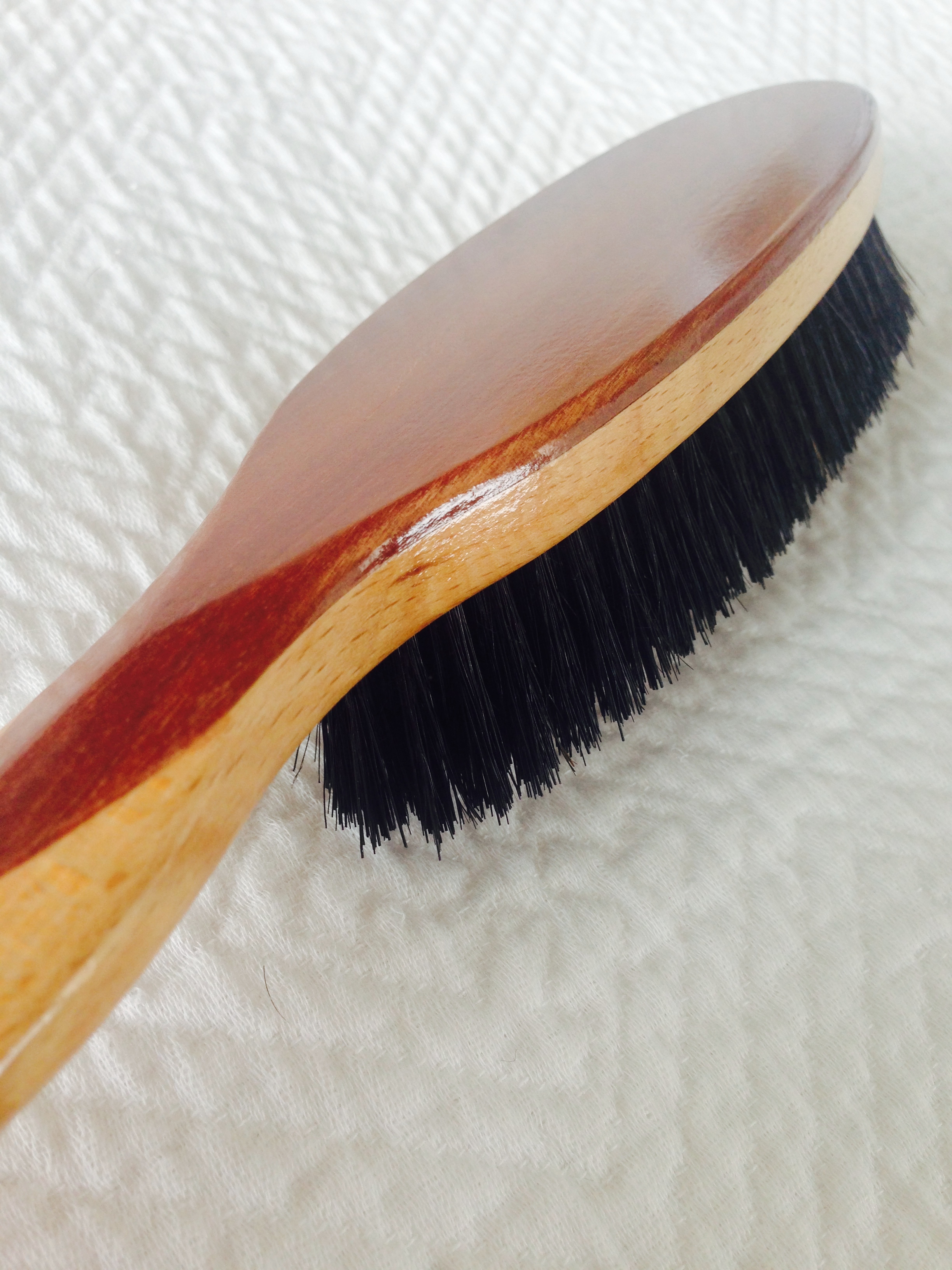Bringing Out The House
It was Anthony Bourdain who first exposed the handful of questionable and off-putting practices of the modern restaurant that had diners, critics and restauranteurs worked into a lather sometime in the early 2000s. While in university I worked at a few less-than-magnificent restaurants myself, and while I don’t have the shocking tales of kitchen underhandedness (nor the acerbic delivery) Bourdain does, there was one dishonorable practice that I won’t soon forget. The “house wine” at one vaguely Italian place was really just the combined by-the-glass wines that were in danger of going off. The funny thing is, people ordered it all the time. Maybe they appreciated the randomness of my boss’ meritages, or the four dollar price tag. But I’ve always suspected some of its popularity was due to the designation; something house always appeals.
The term has fallen from favor lately, perhaps because of the abuses outlined above, but outside of the restaurant the concept of house comestibles is charming. This is especially true when applied to something edible. Guests to my home have learned to expect two ramekins, one filled with brined Picholine olives, the other with Marcona almonds. I realize olives and nuts served with drinks or as a buffer between a lagging roast and a hungry room of dinner guests is hardly revolutionary. But the success is in the specifics. The unpitted Picholines I serve are perfectly balanced—no small feat considering most are bitter or sour salt bombs. The Marconas I prefer are unblanched, and their papery brown skin adds a noticeable tannic note that offsets the richness ideally.
I love a good cheese course, either served the British way following dessert or in the continental fashion before dessert. Several cheeses have become favorites—Manchego, Robbiola, Lincolnshire Poacher—but one cheese in particular makes a frequent appearance: SarVeccio from Antigo, Wisconsin. This is a hard, dry parmesan-style cheese (not to be confused with Pamigiano Reggiano, which is inimitable). It has a latent sweetness and a softly granular texture that is ideal for hovering around dessert. I admit, though, at least part of the reason this has become a house favorite is the shock most guests register when discovering it is from Wisconsin—home of countless anonymous and largely uninspired cheeses.
My house drink is not a specialty cocktail (which is far too fussy a signature to be fiddling with as guests arrive) but a potent spirit for after dinner—namely, Armagnac. Again, the charm is in the specific. Several years ago I was introduced to the Bas-Armagnac house of Delord. Their offerings range from young VS Armagnacs to highly collectible vintages (1946, I’m told, is in demand). But it is Delord’s more humble Napoleon, a blended spirit aged a scant 10 years, that quickly became a familiar site after meals. It is rich and raisiny but somehow still fresh—a combination that satisfies both habitual brandy drinkers and novices.
Accessibility is really the point of a house comestible. I appreciate rare and sharply flavored foods and drinks, but there seems little purpose in forcing challenging things on an unwilling audience. In a dining landscape where innovation and exoticism have become the rule, I am far more satisfied when a guest reveals they know exactly what to expect when they sit at my table. Familiarity can be its own sort of luxury.










